10 Days Uganda Birding & Wildlife Trip
This is a 10 Days Uganda Birding Trip & Wildlife Tour in Central and Western Uganda. Bird through Uganda’s hot spots for bird watching includes Mabamba Swamp the best place to see the rare Shoebill Stork, Lake Mburo National Park.
Get In Touch: Email: trips@dekstours.com | WhatsApp: +256 783 692219
10 Days Uganda Birding & Wildlife Trip
Get In Touch
- P.O Box 730001 Kampala, Uganda
10 Days Uganda Birding Trip & Wildlife Tour
This is a 10 Days Uganda Birding Trip & Wildlife Tour in Central and Western Uganda. Bird through Uganda’s hot spots for bird watching includes Mabamba Swamp the best place to see the rare Shoebill Stork, Lake Mburo National Park home to Acacia Birds, savanna, wetlands, and forest birds, Ruhija, Mubwindi Swamp, and Bwindi Forest in South Western Uganda, the best places to see some of the rarest and most exotic birds in Uganda!
On this 10 Days Uganda Birding Trip & Wildlife Tour, you have optional gorilla tracking in Bwindi Forest, the renowned home to half of the world’s remaining total population of the mountain gorillas!
10 Days Uganda Birding Trip & Wildlife Tour Highlights
- Day 1: Arrival in Uganda. Birding Botanical Gardens
- Day 2: Birding Mabamba and Transfer to Lake Mburo National Park
- Day 3: Morning Birding in Lake Mburo and afternoon Boat Ride on Lake Mburo
- Day 4: Transfer to Bwindi Impenetrable National Park – Ruhija Sector
- Day 5: Birding to Mubwindi Swamp. During this hike, there are high chances of encountering forest elephants.
- Day 6: Birding while Transferring to the Northern Sector of Queen Elizabeth National Park (QENP)
- Day 7: Birding in Queen Elizabeth National Park for a Great Bird Experience. Later Transfer to Semuliki National Park.
- Day 8: Morning Birding in Semuliki. Later Transfer to Kibale National Park
- Day 9: Birding in Kibale National Park and Bigodi Wetland.
- Day 10: Drive to Entebbe
Detailed 10 Days Uganda Birding Trip & Wildlife Tour
Day 1: Arrival in Uganda. Birding Botanical Gardens
Early arrival may give us time to do birding in the Entebbe Botanical Gardens. Situated on the northern shores of Lake Victoria, the Entebbe Botanical Gardens are virtually on the Equator, and cover an area of 40.7hectares.
Here, we have high chances of seeing a number of species of birds (206 species) and monkeys. We look out for Bat Hawk, Orange weaver, Golden and Yellow-backed Weavers, Grey Parrot (World’s smartest bird) Superb Sunbirds, Ross’s and Great blue Turaccos, owls, etc.
- Overnight stay at Lake Victoria View Guest House. (Full board)
Day 2: Birding Mabamba and Transfer to Lake Mburo National Park
After an early breakfast, we bird to Mabamba Wetlands about 50km west of Entebbe area on the shores of Lake Victoria. An extensive papyrus swamp with its labyrinth of channels and lagoons, classified as an IBA (Important Bird Area) and home to several pairs of Shoebills, Uganda’s most famous avian resident.
This charismatic species, the only representative in its family, is certainly amongst the most sought-after birds in Africa and we always try to make special efforts today to find it by paddling through the channels by canoe.
There will of course be a good selection of classic East African water birds: Pink-backed Pelican, Long-tailed Cormorant, Goliath Heron, African Fish-Eagle, African Marsh-Harrier, Yellow-billed Duck, African Water Rail, Allen’s Gallinule, and Malachite Kingfisher along with slightly more local species such as Long-toed Plover, Blue-breasted Bee-eater, Blue-headed Coucal, Papyrus Gonolek, Papyrus Canary, Swamp Flycatcher, White-winged & Papyrus Yellow Warblers, Grey Kestrel, African Green Pigeon, Black-and-white Shrike-flycatcher, etc.
In the afternoon, transfer to Lake Mburo National Park. This 260 sq. km national park is the smallest among the savanna national parks in Uganda but a gem of wonders. Code-named. “The Whispers of the Wild” has a lot to offer in terms of birding. Before getting there, we shall have a stop-over at the Equator where we shall stand in both hemispheres of the globe at the same time.
Reaching in the evening, check in at our lodge for relaxation.
- Overnight stay at Eagle’s Nest. (Full board)
Day 3: Morning Birding in Lake Mburo and afternoon Boat Ride on Lake Mburo
After an early breakfast, we start looking for the different acacia birds some of them are Zambezian biome species which may include; Red-faced Barbet, Tabora Cisticaola and Sauza’s Shrike, Crested Francolin, Emerald spotted wood Dove, Brown Parrot, Barefaced Go-away –bird. Blue-napped Mousebird, Lilac-breasted Roller, and Green Wood-hoopoe, common scimitarbill, African Grey Hornbill, Spot-flanked Barbet, Nubian Woodpecker, Trilling Cisticola, Yellow-Breasted Apalis, Northern Black Tit, Chin-spot Batis, Greater Blue-eared starling and Marico sunbird, Coqui Francolin, Red-necked Spur fowl, Black-bellied Bustard, Temminck’s Courser, African Wattled Plover, Rufous-Naped lark, Rufous-chested Swallow, Yellow-throated Longclaw, Southern Red Bishop and much more. Some special mammals may be spotted including the Impala, Topi, Buffaloes and Common Eland.
After lunch, go for the boat ride on the lake to look for the rare key species including but not limited to; the elusive African Finfoot, Rufous-belied Heron, the Giant Kingfisher, Shinning Blue Kingfisher, Goliath heron, and much more. Animals on the cruise may include; Hippos, and Sitatunga.
- Overnight stay at Eagle’s Nest.
Day 4: Transfer to Bwindi Impenetrable National Park – Ruhija Sector
Early morning drive from Lake Mburo National Park proceeding to Bwindi Impenetrable National Park. During this transfer we will do a lot of en route birding and get to the lodge in the evening.
Bwindi is generally at a higher altitude and therefore is cooler. Temperatures range between 10 and 18 degrees centigrade. Forest birding at Bwindi ranks the best in Uganda.
It is home to over 23 highly localized Albertine Rift endemics inclusive of the African Green Broadbill. Ruhija offers the best opportunities for seeing the Albertine Rift endemics, which are known to occur in the region.
- Stay at Broadbill Camp (Full Board)
Day 5: Birding to Mubwindi Swamp. During this hike there are high chances of encountering forest elephants.
On this day of the 10 Days Uganda Birding Trip, we hike towards the Mubwindi Swamp, birding half day in the Forest. Some degree of fitness is required. We will look for the Albertine rift endemics including the African Green Broadbill, Grauer’s Warbler, Mountain Masked Apalis, Red-throated Alethe, Yellow-eyed Black-flycatcher, Rwenzori Batis, Blue-headed Sunbird, Grauer’s Rush-warbler, Shelly’s Crimson wing, Lagdens Bush Shrike, Rwenzori Nightjar, Handsome Francolin, Archer’s Robin-chat, Dusky Crimson wing, Strange Weaver, Neumann’s Warbler and Red-faced Woodland Warbler, in addition to other species like Black-faced Rufous Warbler, Banded Prinia, Black-faced Apalis, Black-throated Apalis, Ashy Flycatcher, Dusky-blue Flycatcher, Chapin’s Flycatcher, Chin-spot Batis, Cassin’s Grey Flycatcher, Black-and-white Shrike-flycatcher, White-bellied Crested-flycatcher, Mountain Illadopsis, African Hill-Babbler, Dusky Tit, Blue-throated Brown Sunbird, Northern Double-collared Sunbird, Grey-headed Sunbird, Mackinnon’s Fiscal, Sooty Boubou, Pink-footed Puffback, Doherty’s Bush-shrike, White-naped Raven, Montane Oriole, African Golden Oriole, Stuhlmann’s Starling, Narrow-tailed Starling, Waller’s Starling, Brown-capped Weaver, Black-billed Weaver, Yellow-bellied Waxbill, Magpie Mannikin, Yellow-crowned Canary, Thick-billed Seedeater, Streaky Seedeater, Oriole Finch, Mountain Buzzard, Ayre’s Hawk-eagle, Black-billed Turaco, Barred Long-tailed Cuckoo, Scarce Swift, Bar-tailed Trogon, Cinnamon-chested Bee-eater, Black Bee-eater, Red-chested Owlet, Tullberg’s Woodpecker, Elliot’s Woodpecker, Western Green Tinkerbird, Petit’s Cuckoo-shrike, Grey Cuckoo-shrike, Ansorge’s Greenbul, Equatorial Akalat, White-bellied Robin chat, Olive Thrush, White-tailed Ant-thrush and so many others.
Mammals, Butterflies, Amphibians among which some are endemics are often seen during this hike. Transfer to Southern sector of Queen Elizabeth National Park in Ishasha Sector through The Famous “Neck” For More Albertine Rift Endemic Specials. Also one of your sought after species, the Black Bee-Eater is usually present in the Neck.
- Stay at Topi Lodge (Full Board)
Day 6: Birding while Transferring to the Northern Sector of Queen Elizabeth National Park (QENP)
Queen Elizabeth national park stretches from the crater-dotted foothills of the Rwenzori ranges from the remote Ishasha River in the south to the shores of Lake Edward in the north, incorporating a wide variety of habitats that range from open savannah to rainforest, dense papyrus swamps and brooding crater lakes to the vastness of Lake Edward. These make it a little wonder that it is the highest biodiversity conservation game reserve in the world.
Bird diversity is very high with over 610 species recorded, and a one-day record of 296 species. You should be treated to special birds of this park that include Harlequin Quail, Blue Quail, Small (Common) Buttonquail, African Crake, White winged Warbler, Martial Eagle, African Skimmer, Verreaux’s Eagle-Owl, Papyrus Gonolek, Amur Falcon, Ovampo Sparrowhawk, Lowland Akalat, Greater and Lesser Flamingo, Shoebill, Black Bee-eater, Caruthers’s Cisticola, Terek Sandpiper and Temminck’s Courser. Mammals include African Elephant, Spotted Hyena, Leopard, the famous Tree Climbing Lion of Ishasha, Ugandan Kobs, Side-striped Jackal, Baboons, Bush and Water Bucks, Warthogs, Giant Forest Hogs to mention but a few.
Arrive in time for the afternoon boat cruise on Kazinga Channel. On the cruise different animals and birds can be seen on the tranquil Kazinga Channel shore. These include congregations of water birds like Pelicans, Egyptian goose, Saddle-billed Stork, African Fish Eagles, African Jacana and Kingfishers, large Schools of Hippos and herds of Buffaloes, close watch of African Elephants herds, reptiles like The Nile Crocodiles and Lizards among others.
- Stay at Pumba Safari Lodge (Full Board)
Day 7: Birding in Queen Elizabeth National Park for a Great Bird Experience. Later Transfer to Semuliki National Park.
We bird Kasenyi truck and the craters for Savannah species. We search for the Red-Capped, White-Tailed, Rufous-Napped and Flappet Larks, Red Bishops, Greater and Lesser Flamingos, Pied Wheatear, Whinchat, Common Redstart, Sooty Chat, Isabelline Wheatear, Common Bulbul, Yellow-throated Greenbul, the Black and Red-shouldered Cuckoo Shrikes, African Penduline Tit, the Arrow-marked, Black-lored and Brown Babblers, Nubian Woodpecker, Cardinal Woodpecker, Brown-backed Woodpecker, Lesser Honeyguide, Scaly-throated Honeyguide, Black Scimitarbill, Green Wood Hoopoe, a number of Buzzards, Barbets, Rollers, Harriers, Vultures, Eagles, Bee-eaters, Warblers, and so forth.
In the mid-morning, transfer to Semuliki National Park. Arrive late evening and search for a few species as nature will dictate. The cliffs behind the ranger post are home to the crepuscular Freckled Nightjar and these can be seen gliding around the clearing with Black-shouldered Nightjar.
In the lush rainforest around here listen for the bizarre dawn and dusk dueting of the elusive Nkulengu Rail. Other nocturnal callers include Buff-spotted Fluff tail and African Wood Owl. Birders who make it to Semliki NP will be richly rewarded with some of the very best forest birding in Uganda.
- Stay at Bumaga Camp (Full Board)
Day 8: Morning Birding in Semuliki. Later Transfer to Kibale National Park
Early morning birding Semuliki National Park– the true birder’s paradise. Situated in a remote corner of southwestern Uganda; Semuliki national park protects the eastern extension of the vast Ituri Forest and forms part of a forest continuum that stretches across the DR Congo to the Zaire River.
Being a relatively stable forest “refugium” during the climatic upheavals of the Pleistocene, this is one of the richest areas for forest birds in Africa. A large number of pre-dominantly Central African species reach the eastern limit of their distribution here and cannot be found anywhere else in East Africa.
These include some of the continent’s most spectacular and sought-after birds such as Yellow-bellied Wattle-eye, Red-billed Dwarf Hornbill, Black Dwarf Hornbill, White-crested hornbill, Congo Serpent Eagle, Long-tailed Hawk, Black-wattled Hornbill and Lyre-tailed Honeyguide, African Piculet, Yellow throated nicator, Yellow throated cuckoo, Swamp palm Bulbul, Leaflove, Gabon Woodpecker, Red-sided Broadbill, Green-tailed Bristebill, Simple Greenbul, Blue-headed Crested Flycatcher, Ituri Batis, Red-billed Helmet-Shrike, Fiery-breasted Bush-Shrike, Red-eyed Puffback, Orange-tufted Sunbird, Maxwell’s Black Weaver, Blue-billed Malimbe, Pale-fronted and Chestnut- breasted Negrofinches and Grant’s Bluebill.
Besides the numerous numbers of birds, the Red Colobus is virtually endangered in the area and so rare although some lone individuals can still be seen associating with groups of Guereza Colobus, scan through the fruiting figs for Great Blue and Ross’s Taracos, Western Bronze-naped Pigeon and small flocks of Chestnut-winged Starlings.
Hornbills are particularly well represented and eight species have been recorded in the first stretch of Rainforest alone, not anywhere in the whole of East Africa. Transfer, to Kibale National Park in the afternoon. Birding the entrance road through the forest as we check in at our lodge of residence. Kibale National Park is a large block of rainforest that offers both excellent birding experience.
Here we may encounter a few species like the Yellow Mantled Weaver, Narrow-tailed Starling, Afep Pigeon, Joyful, Honeyguide Green bulls, Brown and Scaly-breasted llladoses, White-chinned prinias, Masked and Buff-throated Apalises, Grey-throated flycatcher, black-and-white shrike Flycatcher, Red-bellied Paradise Flycatcher, pink-footed puff-back, Chestnut-winged and purple-headed Starlings, Superb, Green- headed & Green-throated sunbirds, etc.
- Overnight stay at Kibale Forest Lodge (Full Board)
Day 9: Birding in Kibale National Park and Bigodi Wetland.
On this day of the 10 Days Uganda Birding Trip we concentrate on looking for the Green-breasted Pitta, Black Bee-eater and Narina Trogon among other species in the line of forest residents.
Some of the many species we will look for around Kibale include African Crowned-Eaagle, White-spotted flufftail, Afep pigeon, African Emerald, Dusky long-tailed and Red-chested Cuckoos, Yellowbill (Blue Malkoha), Black-billed Turacco, Blue-breasted Kingfisher, white- throated Bee-eater, White-headed and Forest wood Hoopoe, Speckled, Yellow-rumped, and Yellow-throated Tinkerbirds, streaky-throated (split from Hairy-breasted), Velvet-mantied Drongo, Petit’s Cuckoo-Shrike, Dark-backed and Vieillot’s Black weavers, Red-headed Malimbe, Grey-headed Negrofinch, and Blck-Crowned Waxbill.
The park has the greatest variety and concentration of primates found anywhere in East Africa, and is famous for its Chimpanzees.
After lunch, proceed to Bigodi Swamp for another birding experience in the swamp near Kibale Forest. Here, our eyes may land us on special species like, Yellow-billed and yellow-spoted Barbets, snowy-headed Robin-chats, African Broadbill, Wilcock’s & Thick-billed Honey guides, Casin’s Honeybird, white –headed Saw-wing, Mountain Wagtail, Papyrus Gonolek, White-winged warbler, white-spotted fluff tail, scaly-throated honeyguide, among others. It is also home to the rare L’hoest’s monkey and East Africa’s largest population of the threatened red colobus monkey.
Other primates that you may see include; the black and white colobus, blue monkey, grey cheeked Mangabey, red tailed monkey
- Overnight stay at Kibale Forest Lodge (Full board)
Day 10: Drive to Entebbe
After breakfast, drive through Kibale Forest with brief stop overs for a few species as we maximize our chances to see what we might have missed the previous days. Proceed via Fortportal city, Kyenjojo, Mubende and Mityana to Entebbe for departure.
- Meal plan: Lunch only
End of 10 Days Uganda Birding Trip & Wildlife Tour
10 Days Uganda Birding Trip Inclusions and Exclusions
Price includes:
- All accommodation and meals as indicated in the itinerary on FB & BB basis
- Gorilla permit fees/permit purchased NET from UWA each $700.0 per person per visit
- Full time exclusive use of a 4 x 4 Safari Jeep/Toyota Land cruiser
- Full time services of experienced English-speaking 10 Days Uganda Birding Trip drive/guide
- All services in national parks i.e., park entrance fees, guided nature walks, hikes & game drives
- Boat trips in Queen Elizabeth National Park
- Bottled drinking mineral water, coffees, teas or soft drinks while on Uganda Safaris, game drives, walks, hikes or transfers
- All Nature/Safari & Community walks as indicated in the itinerary-safari program
- All airport pickups and drop off from Entebbe & back to Entebbe airport
- All activities indicated & mentioned in the 10 Days Uganda Birding Trip
- A $5.0 per pax off as donation to orphanage homes whose parents’ death are/were as a result of animal conflicts within conservation areas
- All government related taxes
Price Excludes:
- Laundry service in different hotels we stay
- Bar bills, phone calls
- Personal insurance and medical bills
- Air fares
- All other services of a personal nature
- All services marked as Optional in the itinerary
- Driver/guides/hotel staff or any other person’s gratuity
Booking Terms and Conditions
Reservations
- We require a deposit of 50% of the total tour cost for the clients to safeguard the reservations and gorilla and Chimpanzee tracking permits in case they are involved.
- The balance should be paid 1 month prior to the arrival.
- For bookings coming one month before departure, we shall require the full payment of the tour costs.
- The payment is made by international money transfer to the company bank account in Uganda.
Important Information
- Tour tariffs are based on all known costs and rates of exchange at the time of the transfer, any significant changes beyond will be immediately communicated to our clients.
- We also retain the right to alter any arrangements due to local conditions. We also retain the right to refuse any person from participating or continuing any tour if that person causes or is deemed to cause hazard or inconvenience to other clients and to our environment and ecosystems.
- Please note that in Uganda US dollar banknotes series before year 2006 are accepted only with a low exchange rate, therefore clients are advised to travel to Uganda with more recent banknotes series. The same applies to banknotes below 50 USD.


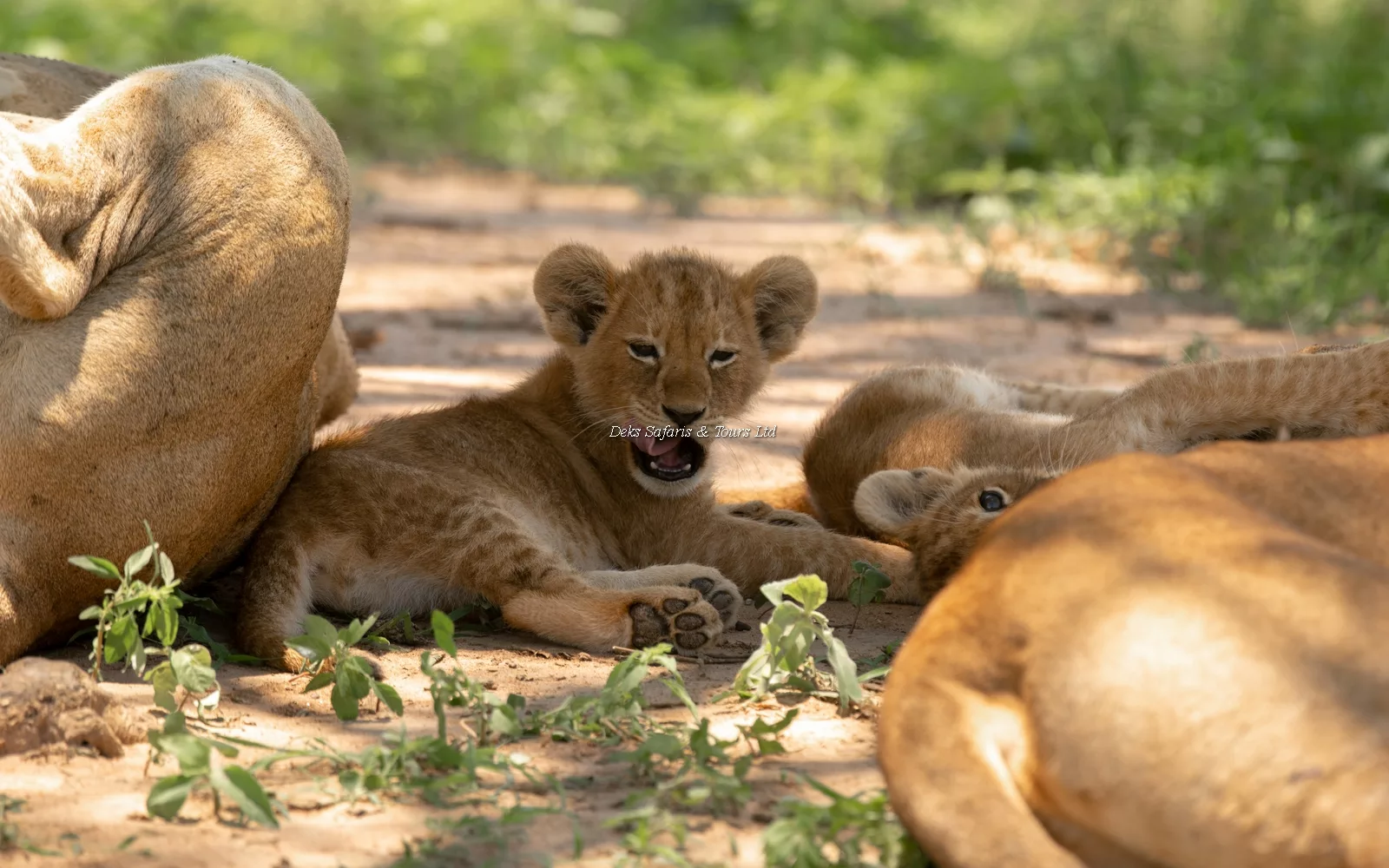
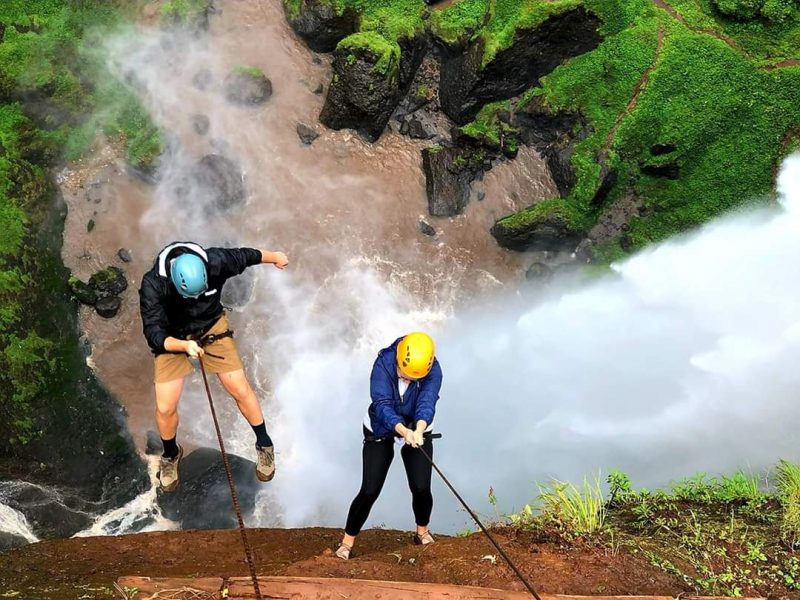
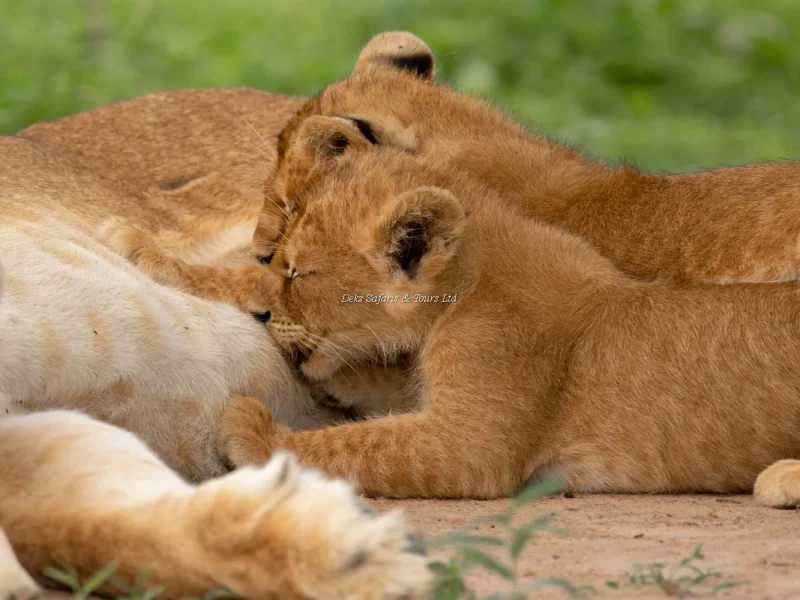
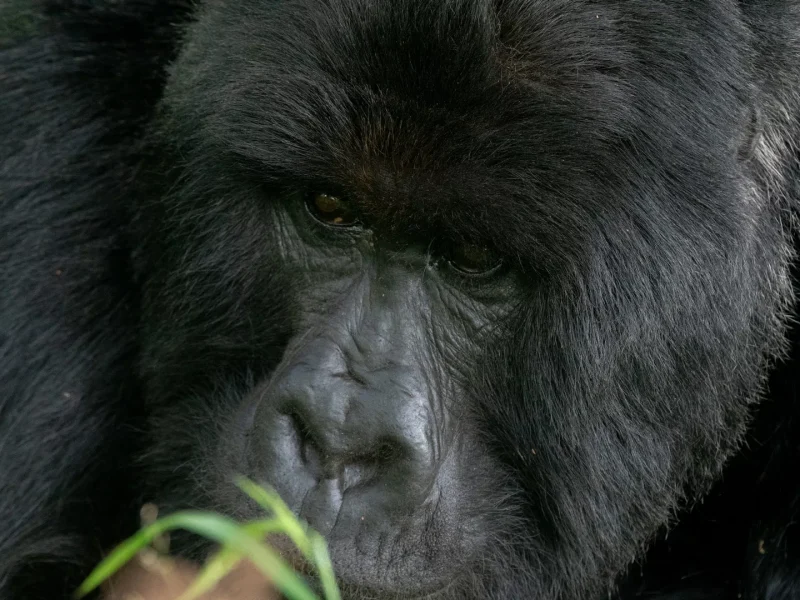
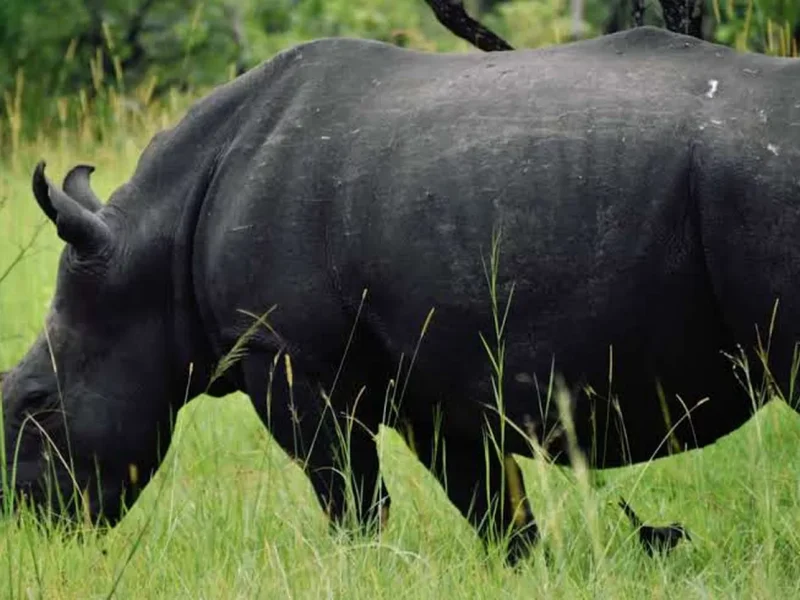
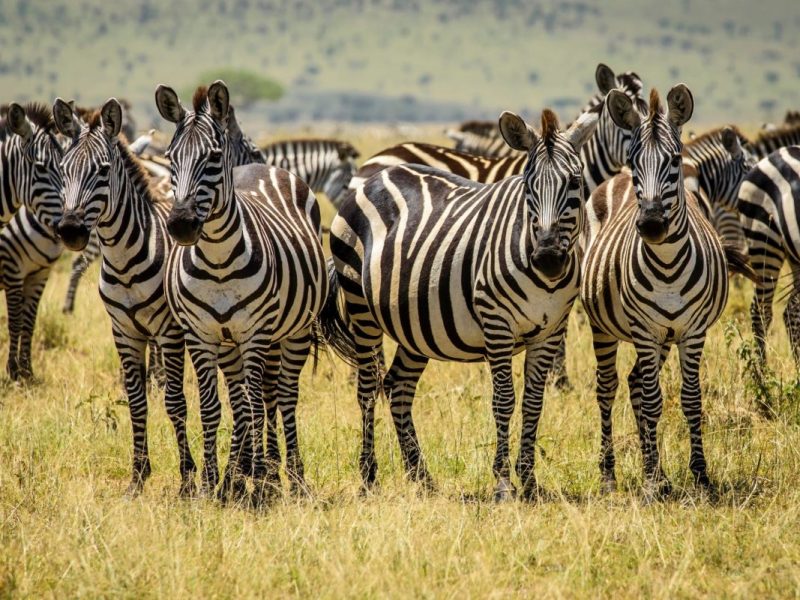
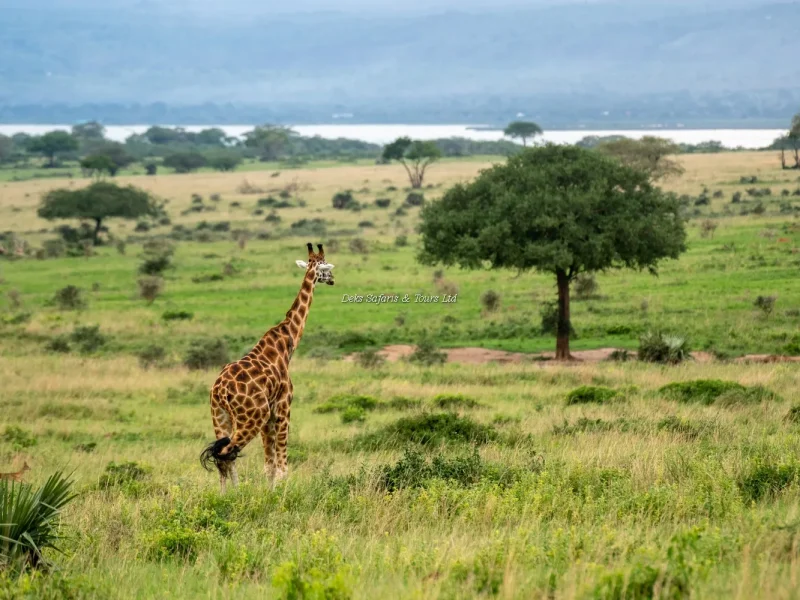
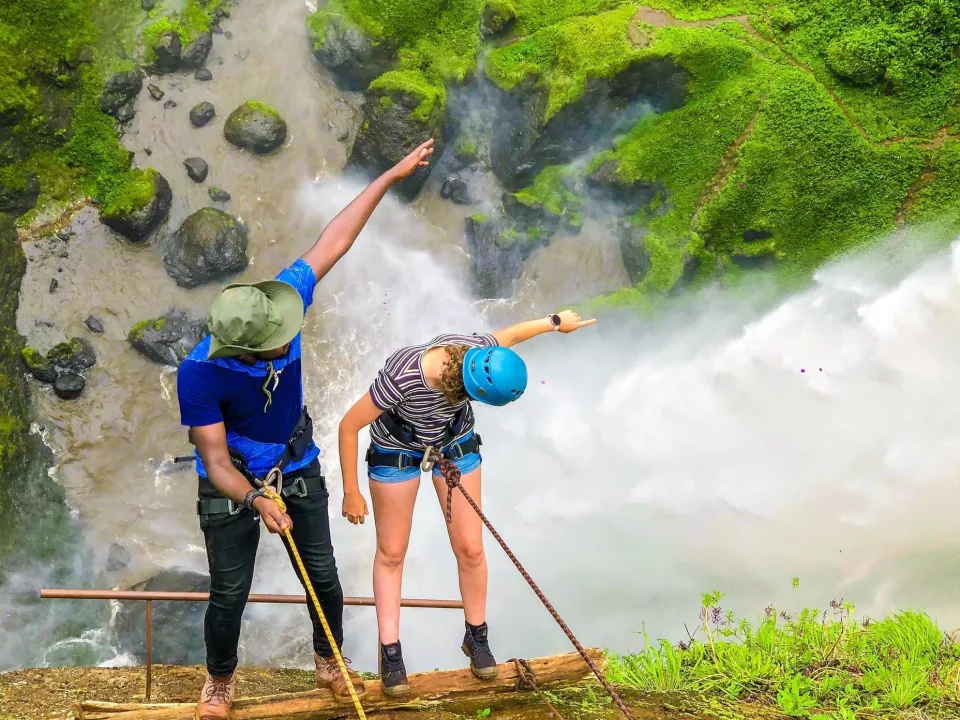
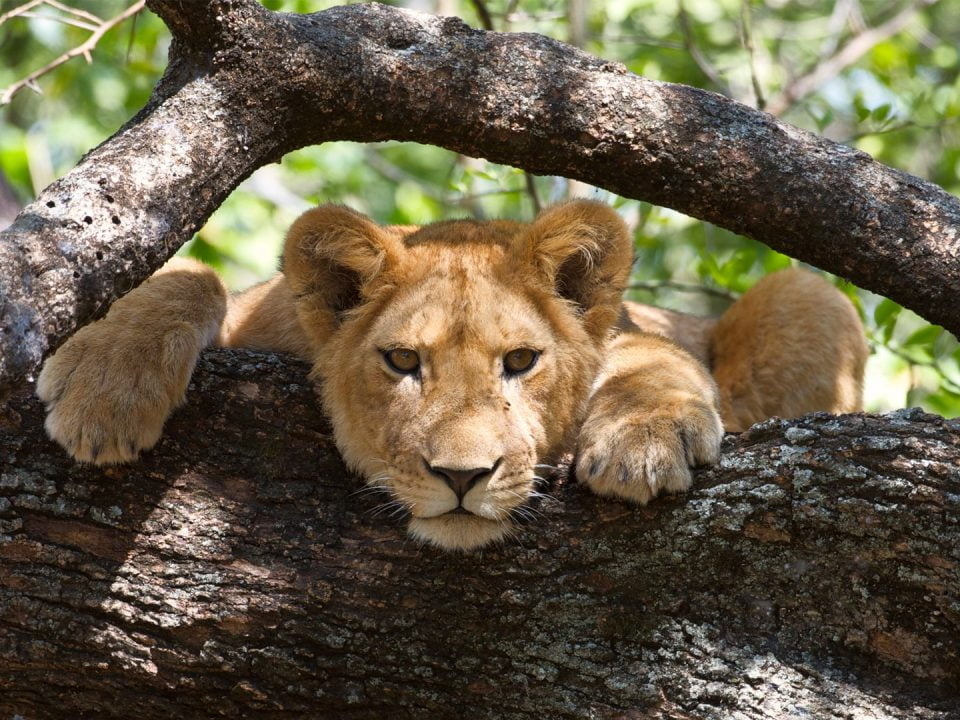
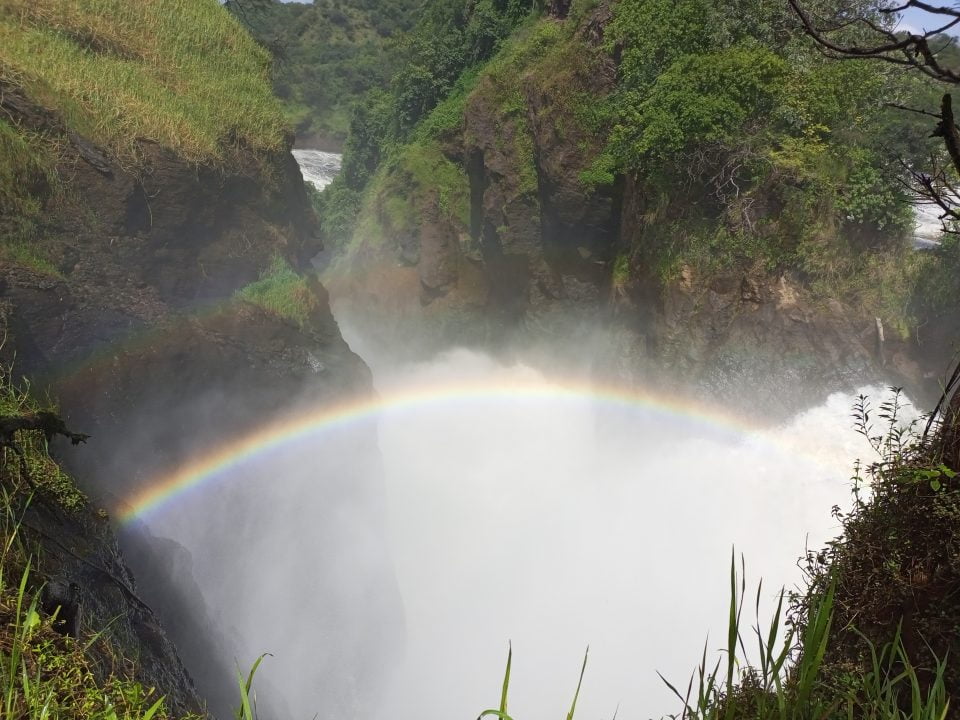
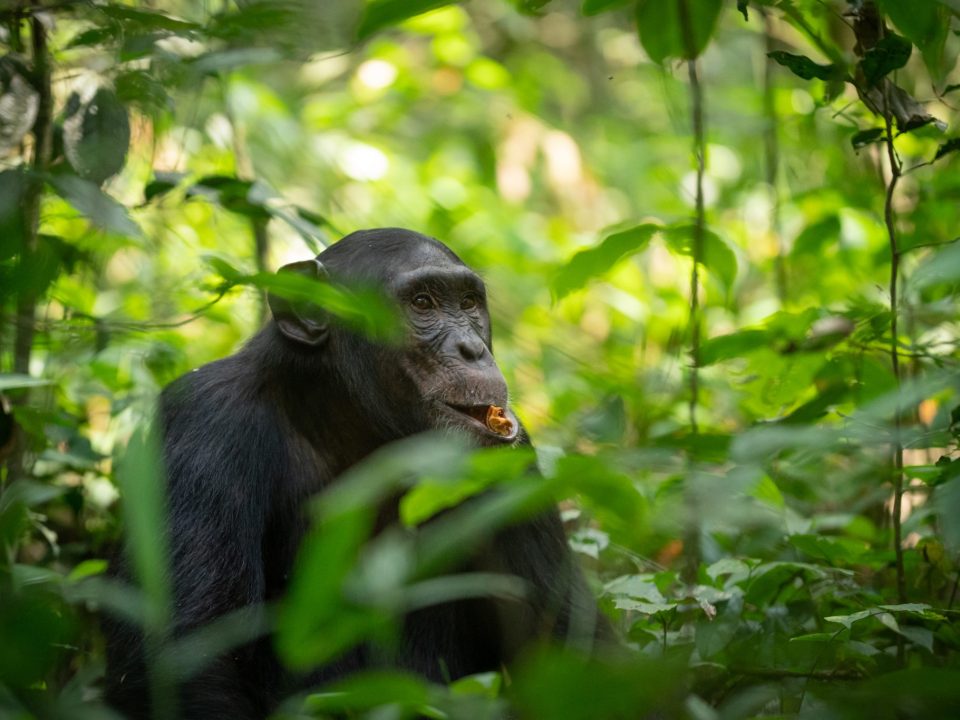
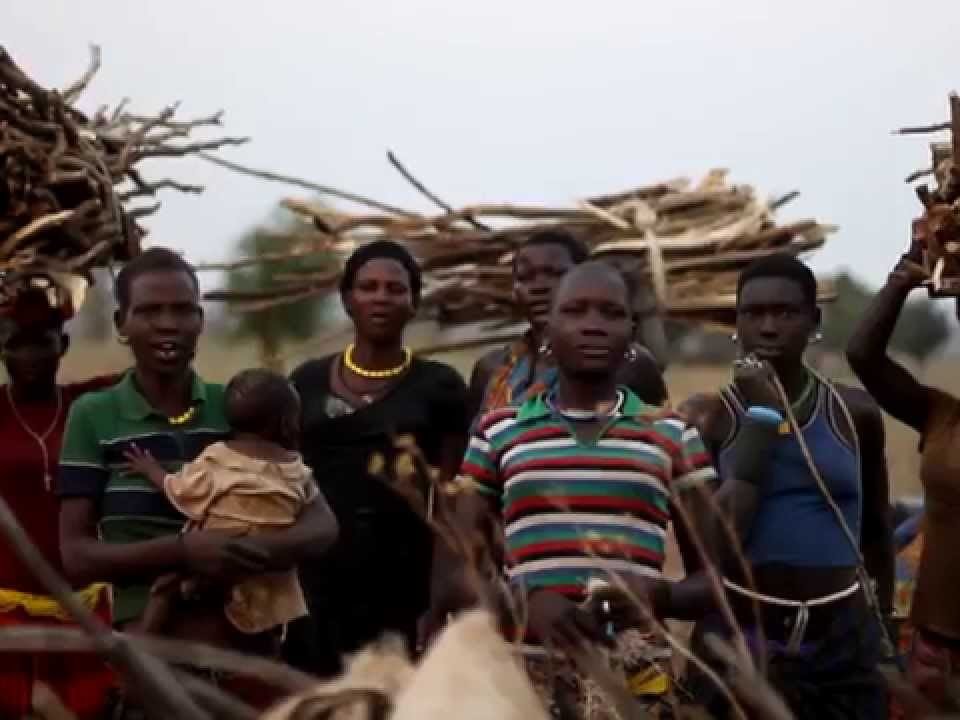
Reviews
There are no reviews yet.